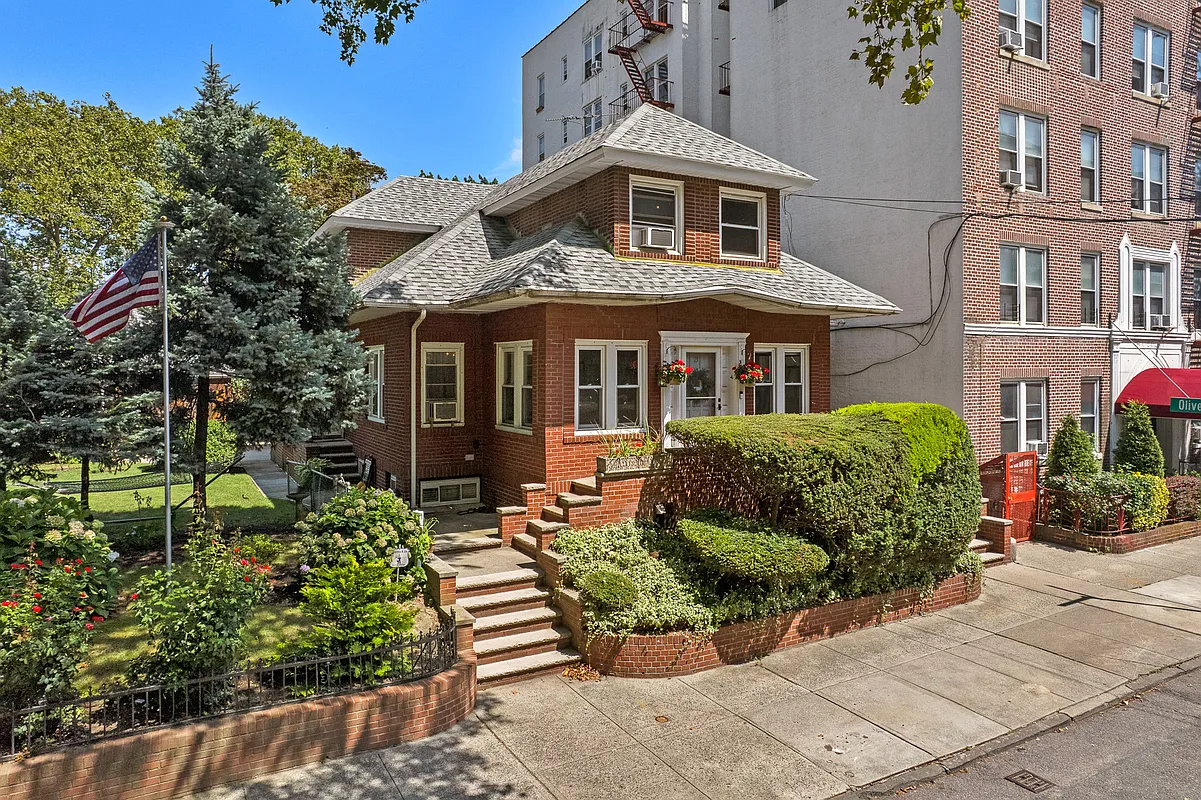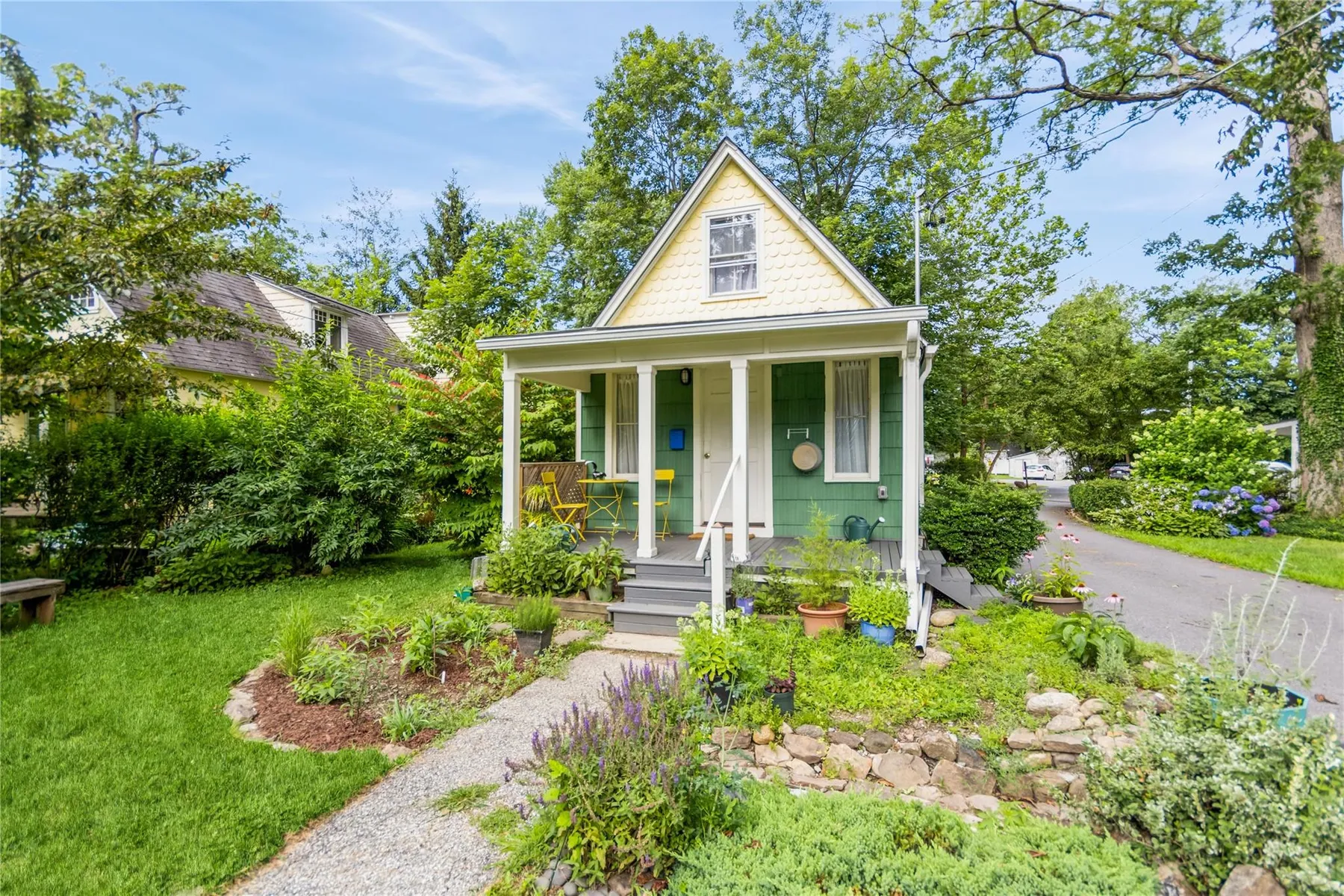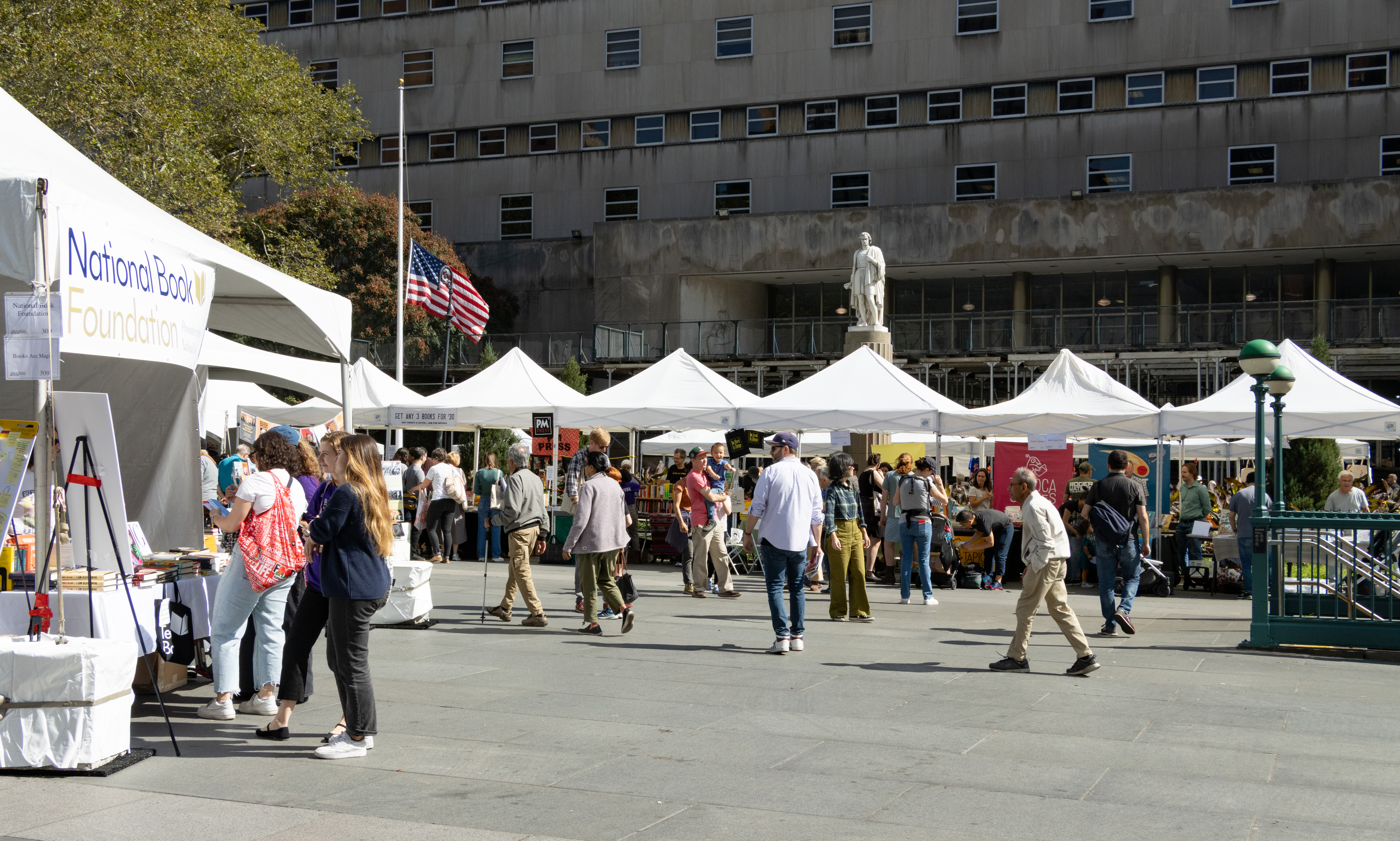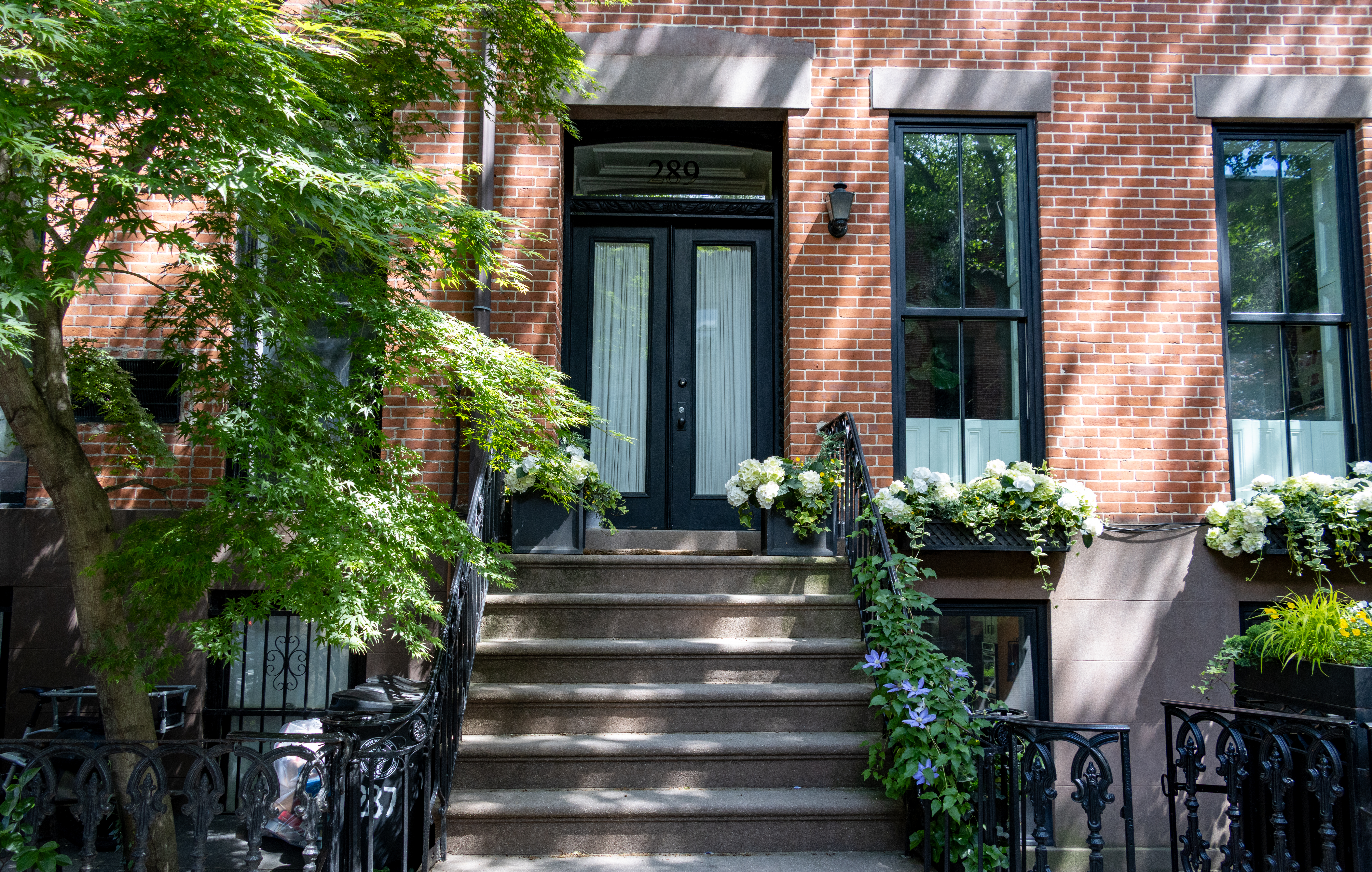City Planning Certifies Domino Sugar Factory for ULURP
[nggallery id=”39816″ template=galleryview] Yesterday the New York City Department of City Planning certified the development plan for the former Domino Sugar Factory, kicking off the seven-month ULURP process. Known as New Domino, the project is slated to bring 660 units of affordable housing (breakdown by income category on the jump) and 1,540 units of market-rate…

[nggallery id=”39816″ template=galleryview]
Yesterday the New York City Department of City Planning certified the development plan for the former Domino Sugar Factory, kicking off the seven-month ULURP process. Known as New Domino, the project is slated to bring 660 units of affordable housing (breakdown by income category on the jump) and 1,540 units of market-rate housing to the Williamsburg waterfront; there will also be 128,000 square feet of retail, 98,000 square feet of commercial office, and 147,000 square feet of community facility space. The ambitious undertaking, which has been in the planning stages now for almost five years now and includes the preservation of the existing landmarked refinery building and the creation of 11 acres of public space, is being developed by the Community Preservation Corporation and designed by Rafael Vinoly Architects and Beyer Blinder Belle. “This is an important moment for us, the community and the city; acres of parks, views of three bridges and affordable housing for hundreds of families,” said Michael Lappin, President and CEO of the Community Preservation Corporation (CPC) and CPC Resources, Inc. “We look forward to full community participation as we enter the formal public review process. According to the blog Brooklyn 11211, which had an extensive post on the topic yesterday, the presentation to Community Board 1—the first step in the land review process—could happen as early as next week with a full board vote coming by the second week in February.
Big Plans for Old Sugar Refinery Face Review [NY Times]
City Begins Review of $1.2B Domino Project [Brooklyn Paper]
City Planning Certifies Domino Sugar Waterfront Development [Brooklyn Eagle]
City Planning Certifies Waterfront Project [Courier Life]
New Landscape Renderings on ‘New Domino’ Site [Brownstoner]
Inside the LPC Meeting About Domino: New Plan OK’d [Brownstoner]
LPC Still Not Buying Domino Plan [Brownstoner]
New Domino Plans Falter at LPC Hearing [Brownstoner]
More Domino Plans [Brownstoner]
Domino Sugar Factory Proposed Addition Revealed [Brownstoner]
BREAKING! LPC Approves Historic Designation for Domino [Brownstoner]
CPC Shows and Tells Its Plans for Domino [Brownstoner] GMAP
Plans for ‘New Domino’ Released by City Planning [Brownstoner]






Five bucks every two weeks on laundry???? How the eff do you do that? Even if I did all my own laundry (and where I send mine it’s actually cheaper for them to do it) it would still cost way more than that.
Benson is correct on all parts. I don’t have time to get into it but I have first hand knowledge of this being in the Manufacturing industry and all.
Rob and Ty, NEWSFLASH. Making 40K a year for a single is NOT poor. Sorry but open your eyes will ya.
Snappy, you can live fairly comfortably on that kinda money if you want to. Making 40K a year is about 2K clean a month after taxes. If you’re paying mortgage on 84K and 500 maintenance, that’ll come out to about 950 bucks a month. If you don’t live beyond your means, that means another 1,050 in spending cash a month on utilities, laundry and food. I spend about 5 bucks per 2 weeks on laundry (I do it myself) and about 300 bucks on food. Another 300 on utilities. That would still live a person another 400 on various expenses (new clothes, emergency cash, etc). People DO survive on that money. My parents raised a family of 4 on 40K salary combined. It IS possible.
Benson – I don’t entirely disagree with you, but there are two sides to this equation. In the latest market (at least up here in the Eastern District), the modern-day LeFrak’s and Fred Trumps have been building Fedders housing for the “luxury” market, not as affordable, middle-class housing. No one on the private side is building housing for working stiffs (it may be ugly, but it’s expensive ugly!). And all the supply side increase has not resulted in an increase in “affordable” housing stock – the middle class is still priced out.
Archaic zoning rules have only exacerbated the problem, by encouraging more and more “luxury” housing. As a result, long-term residents have been displaced (either because their old wood-frame tenement has been torn down, or because the raft of “luxury” Fedders boxes have raised overall rents in the neighborhood, and their landlord can get $2,000 for a shitty one bedroom).
And “community input” is the biggest double edged sword going. Remember, Ratner used community input as a fig leaf for AY, and the opposition will say that Domino is doing the same here.
WB’er;
I don’t deny that there is a place in this city for specialized manufacturing, as you state. I also don’t deny that there is a dearth of affordable housing in this city for working folks.
My argument is with those on this site who will argue for the need for such affordable housing,and then at the same time would like to further increase the restrictions on the private supply-side that might produce such housing (which at one time, firms like Lefrak and Fred Trump could do). Do you not see all the calls for further down-zoning and prservation,so that the special snowflakes of Brownstoner can fulfill their dream of living in 19th-century Brooklyn? Do you not see the constant disdain for “Fedders” housing, built for working stiffs? Do you not see the call for further “community input” on every development that is proposed? For Pete’s sake, yesterday Mr. B got his knickers in a twist because a building was going up in WB that was a couple of stories taller than its neighbors (how “out of context”!!) All of these factors cause private developers to conclude that the only housing worth building in NY is “high margin” (i.e. luxury housing).
Also, where is the call for more rapid transit to the outer, more affordable,fringes of the borough? With all the calls for “community input” and all the rest,we’ve lost our ability to “think and do big” like this. However,you can be certain that Robert Moses is still reviled here, despite his proven ability to actually accomplish tasks like this.
> a 30-story OFFICE tower next to Grand Ferry Park
Is there any demand for this? It seems a trifle misguided.
The manufacturing of the 60s and 70s won’t return in any meaningful way, but that does not mean that manufacturing is dead in NY. “Manufacturing” and “industry” have much different meanings in the 21st century, but within those definitions, there is huge demand for space. The Brooklyn Navy Yard (barely half a mile away from this site) has a wait list for industrial space. There is a dearth of affordable manufacturing space in north Brooklyn because a) a lot of it has been rezoned for residential use; and b) the rest of it competes with illegal loft conversions, bars, restaurants and bowling alleys.
Yes, a lot of these businesses are “high margin” operations. But those operations also pay well (much better than bars, restaurants and bowling alleys) and provide good benefits (much better than bars, restaurants and bowling alleys). Those operations need to (or can afford to) be close to their market.
The city’s industrial policy (along with all the other reasons Benson cites) has resulted in a loss of many manufacturing jobs, and yes, those jobs have been replaced by housing. But most of that housing (95%? more?) is market rate. So working class residents are losing out on both ends – fewer good paying, local jobs and fewer affordable places to live.
Oh, I neglected to put in this info for example #1 I gave:
$35,194 – $39,910/ 1 BR/ 1 to 2 per./ $500 average monthly maintenance/ $84,423 sales price (3 apartments will be sold under these guidelines)
Taking that, let’s say the person earns the max 39,910…the $84k sales price seems reasonable, but then you add in the $500 monthly maintenance, utlities, laundry costs, food, transportation, etc…can that really be called affordable???
By the way…
Is it just me, or does anyone else believe that the old refinery looks ridiculous amidst all the modern towers in the rendering. Talk about context!
Joe and Rob;
You’re dreaming if you think that manufacturing will ever return to NYC in any large way. Please note that NYC hemmoraged most of its manufacturing jobs during the 50’s to the 70’s, LONG before these loft buildings were converted. The rise in land costs was certainly a factor in the demise of manufacturing, but it was far from the primary reason.
When you look at the cost of electricity, the taxes, the cost of labor,etc., there is just no way for most manufacturers to cut it here.
Look no further than this site if you want to assure yourself that manufacturing will never return to NYC. Not a day goes by where folks aren’t clamoring for more taxpayer-subsidized housing, further property right restrictions, further community “input”, further environmental regulations,and then they wonder: “Gee, why won’t any large or medium-scale business locate here except those that have the highest margins??”.